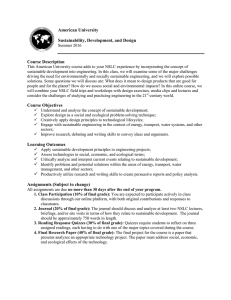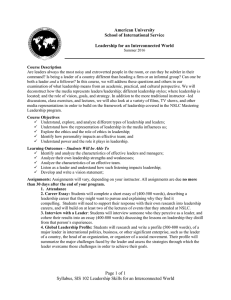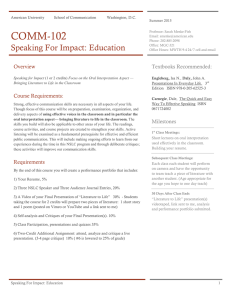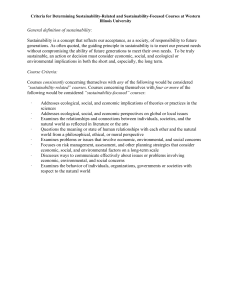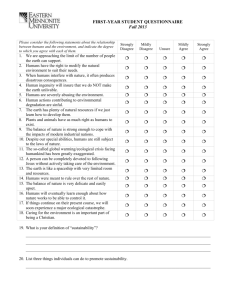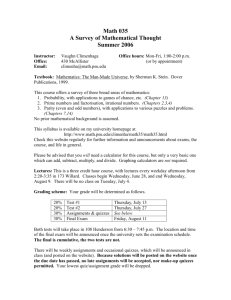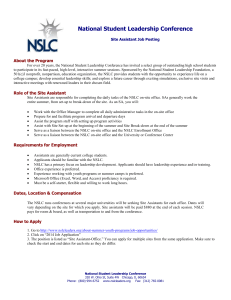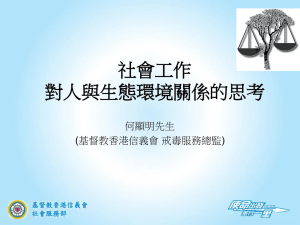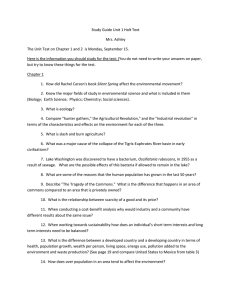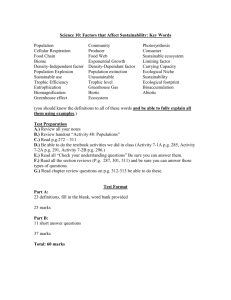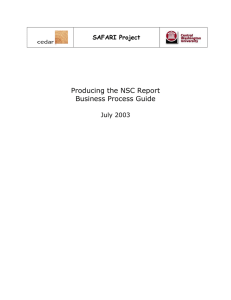American University Sustainability, Development, and Design Course Description
advertisement
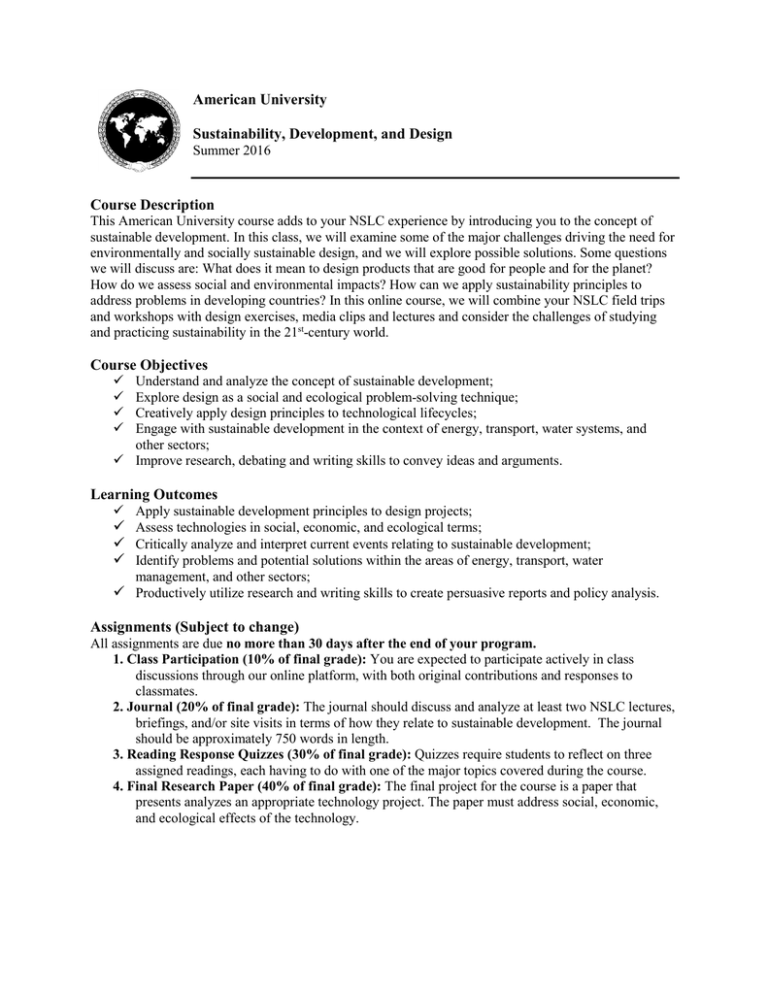
American University Sustainability, Development, and Design Summer 2016 Course Description This American University course adds to your NSLC experience by introducing you to the concept of sustainable development. In this class, we will examine some of the major challenges driving the need for environmentally and socially sustainable design, and we will explore possible solutions. Some questions we will discuss are: What does it mean to design products that are good for people and for the planet? How do we assess social and environmental impacts? How can we apply sustainability principles to address problems in developing countries? In this online course, we will combine your NSLC field trips and workshops with design exercises, media clips and lectures and consider the challenges of studying and practicing sustainability in the 21st-century world. Course Objectives Understand and analyze the concept of sustainable development; Explore design as a social and ecological problem-solving technique; Creatively apply design principles to technological lifecycles; Engage with sustainable development in the context of energy, transport, water systems, and other sectors; Improve research, debating and writing skills to convey ideas and arguments. Learning Outcomes Apply sustainable development principles to design projects; Assess technologies in social, economic, and ecological terms; Critically analyze and interpret current events relating to sustainable development; Identify problems and potential solutions within the areas of energy, transport, water management, and other sectors; Productively utilize research and writing skills to create persuasive reports and policy analysis. Assignments (Subject to change) All assignments are due no more than 30 days after the end of your program. 1. Class Participation (10% of final grade): You are expected to participate actively in class discussions through our online platform, with both original contributions and responses to classmates. 2. Journal (20% of final grade): The journal should discuss and analyze at least two NSLC lectures, briefings, and/or site visits in terms of how they relate to sustainable development. The journal should be approximately 750 words in length. 3. Reading Response Quizzes (30% of final grade): Quizzes require students to reflect on three assigned readings, each having to do with one of the major topics covered during the course. 4. Final Research Paper (40% of final grade): The final project for the course is a paper that presents analyzes an appropriate technology project. The paper must address social, economic, and ecological effects of the technology.
